D-Mannose
€ 31,09 excl. VAT
Mannose is a simple sugar structurally related to glucose, that is found in many fruits, including peaches, apples, oranges, cranberries, and blueberries. It is also produced in your body. D-mannose is considered a safe and natural nutritional food supplement. Since it isn’t metabolized, it doesn’t interfere with blood sugar regulation, and is therefore safe for diabetics.
D-mannose present in the urine, binds to the bacteria and prevents them from attaching to the urinary tract lining.
Description
D-mannose is a naturally occurring simple sugar, closely related (in chemical terms, a “stereoisomer”) to glucose. Small amounts of D-mannose are metabolized by our bodies; more than small amounts are excreted promptly into the urine. But how can even large quantities of a simple natural sugar do anything at all to cure over 90% of all bladder and urinary tract infections?
The answer is found in the interaction between D-mannose and the bacterium found in over 90% of all bladder infections, Escherichia coli (“E. coli”). [No, that’s not the infamous E. coli mutant associated with unsanitary food processing that’s hospitalized and killed people. It’s the normal E. coli found as part of the “normal microflora” in every intestinal tract.] But even normal E. coli don’t belong in the bladder and urinary tract; in these areas it multiplies and becomes an undesirable infection.
But why doesn’t the normal downflow of urine from the kidneys through the ureters into the bladder and thence beyond simply carry the E. coli right along with it? What allows the E. coli to “stick” to the inner walls of the bladder and even work their way upward (like “Spiderman”) in some cases reaching as far as the kidneys?
The “cell walls” of each E. coli are covered with tiny fingerlike projections. The very tips of these projections are an amino acid-sugar complex, a “glycoprotein” also called a “lectin”. E. coli “lectins” have the unfortunate (for us) capability of “sticking” the bacteria to the inside walls of our bladders and urinary tracts, so they can’t be rinsed out by urination.
Unfortunately for the E. coli, D-mannose “sticks” to E. coli lectins even better than E. coli lectins “stick” to human cells. When we take a large quantity of D-mannose, almost all of it spills into the urine through our kidneys, literally “coating” any E.coli present so they can no longer “stick” to the inside walls of the bladder and urinary tract. The E. coli are literally rinsed away with normal urination!
Why is “rinsing away” E. coli with D-mannose superior to killing them with antibiotics and anti-microbials? When an antibiotic is taken, it kills unwanted micro-organisms, but it also kills many “friendly” micro-organisms. Every woman is familiar with “yeast infections” that follow antibiotic use, as the “friendly bacteria” are killed off along with the “bad bacteria”, leaving the antibiotic-insensitive yeast to grow “out of control”. Long-term or often-repeated antibiotic use can lead to major disruptions in normal body microflora, and sometimes to major disruptions in health, especially immune system function. [It’s suspected that the “killer” E. coli of recent years are “mutants” caused by persistent antibiotic feeding to animals.]
By contrast, D-mannose doesn’t kill bacteria, “friendly” or “unfriendly”. D-mannose simply helps to relocate misplaced E.coli from inside of our urinary tracts to outside. (Since D-mannose is absorbed in the upper gastrointestinal tract, it doesn’t relocate the “friendly” E. coli normally present in the colon.) D-mannose treatment of E. coli bladder and urinary tract infections is ecologically sound treatment. (The very small amounts of D-mannose metabolized by our bodies and not excreted into the urine are harmless.)
You must be logged in to post a review.

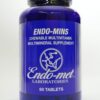
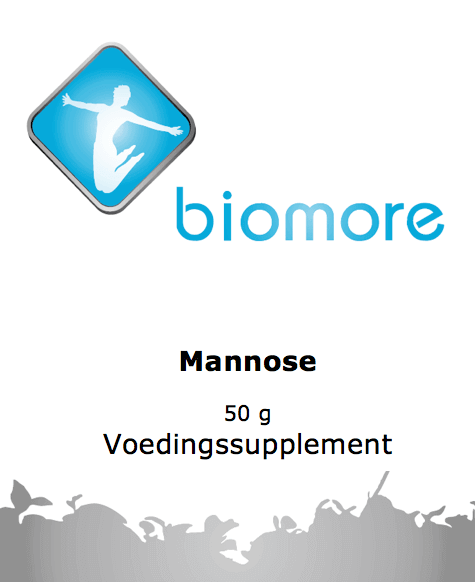
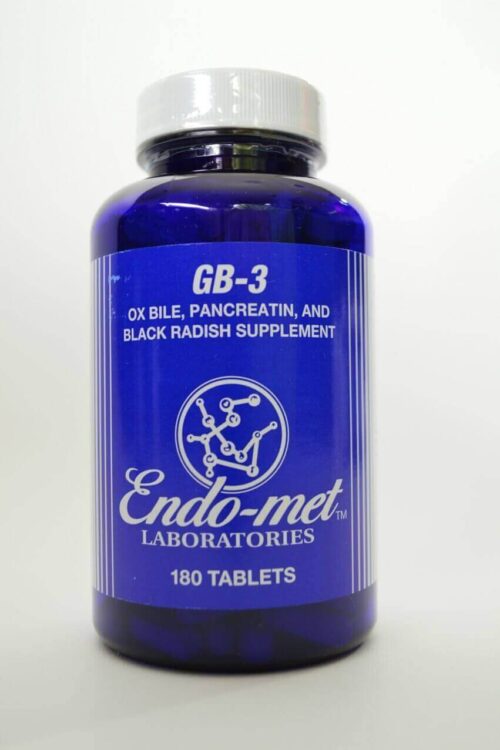
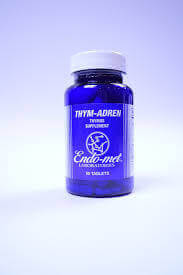
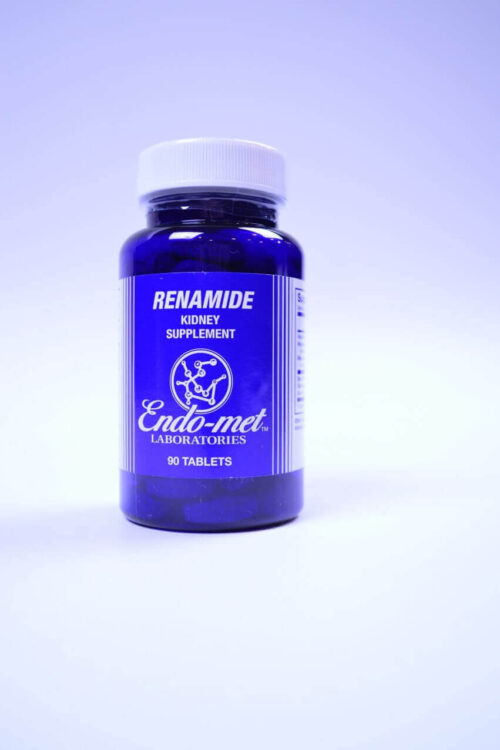
Reviews
There are no reviews yet.